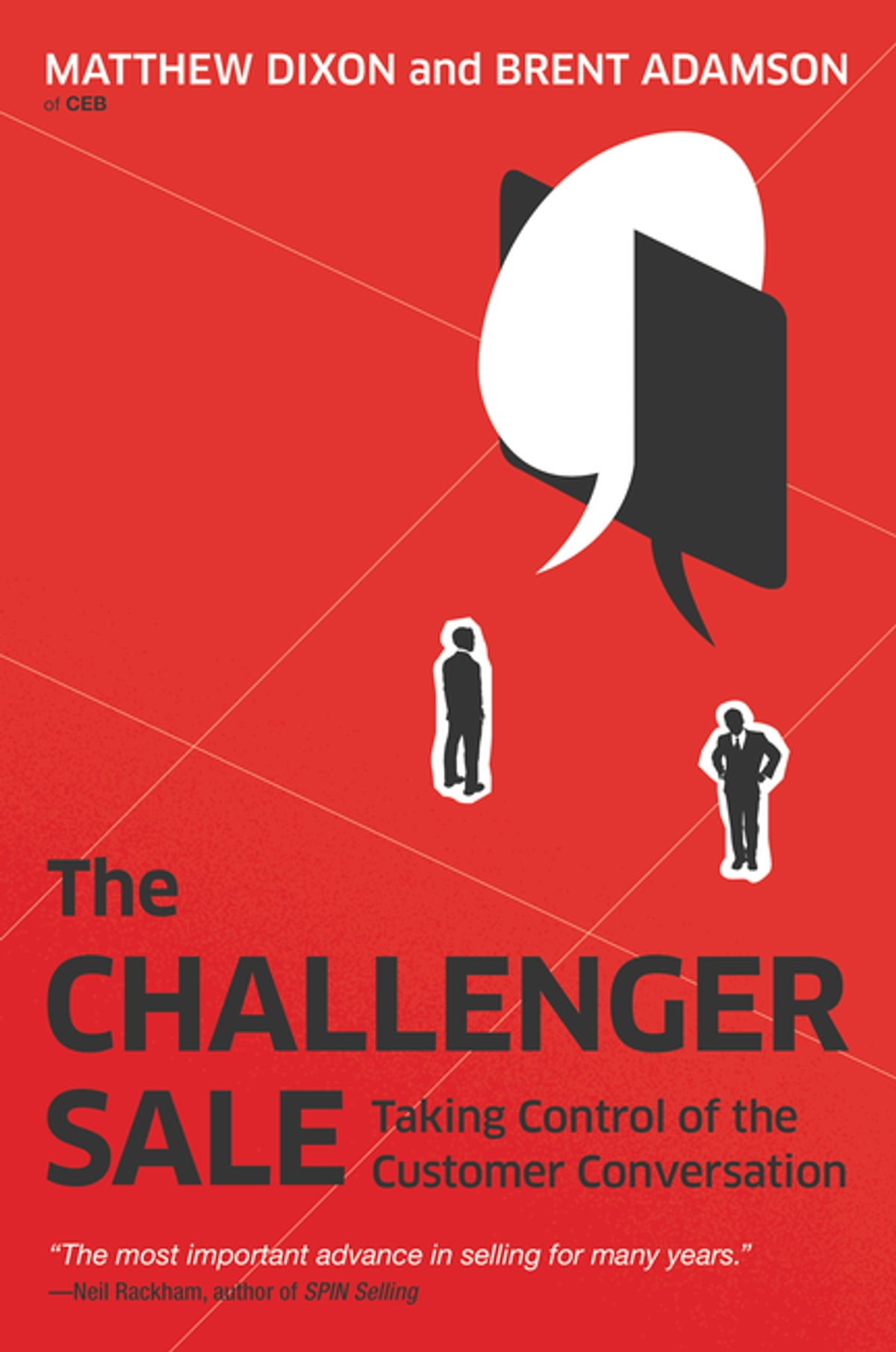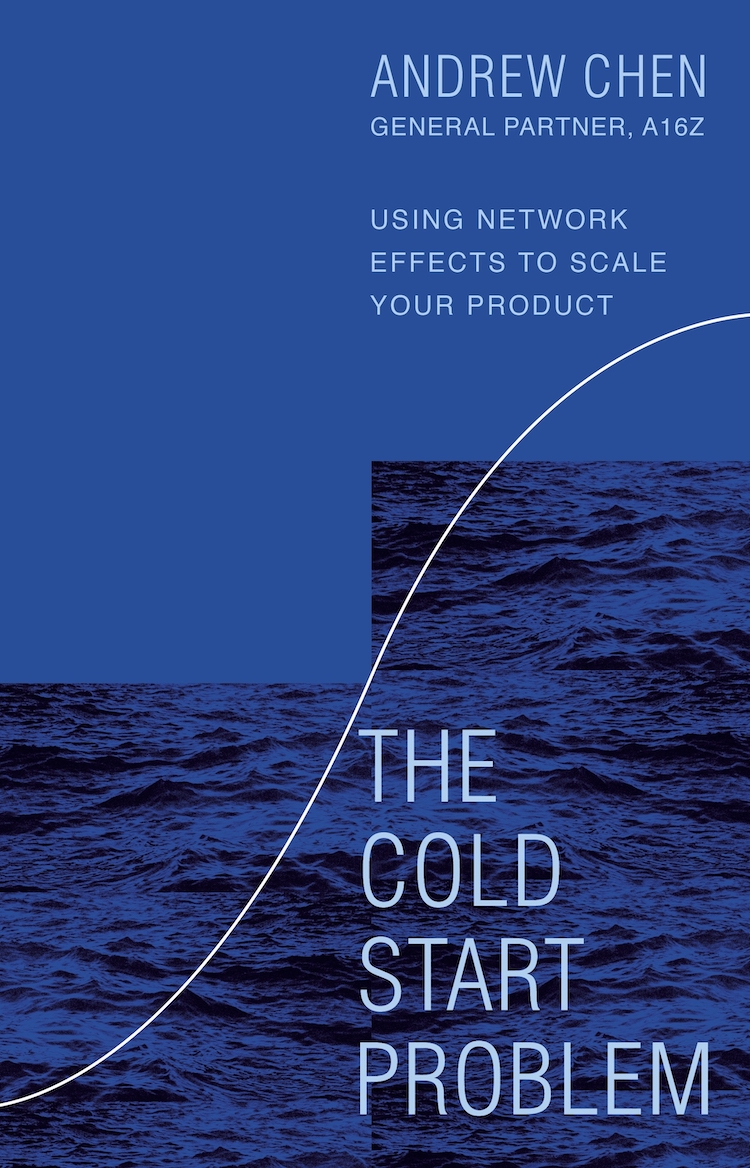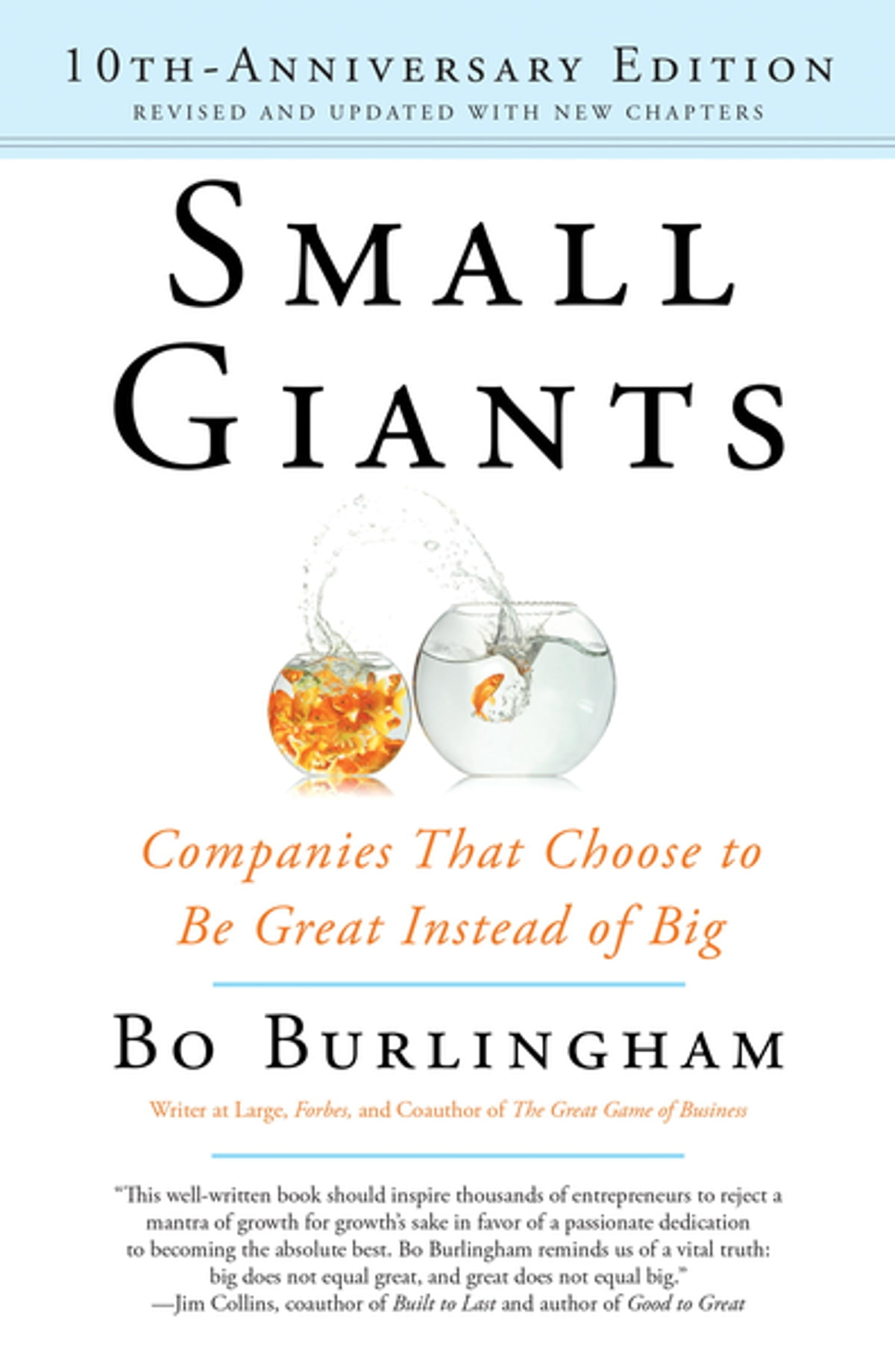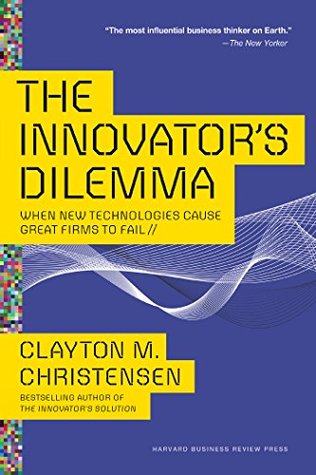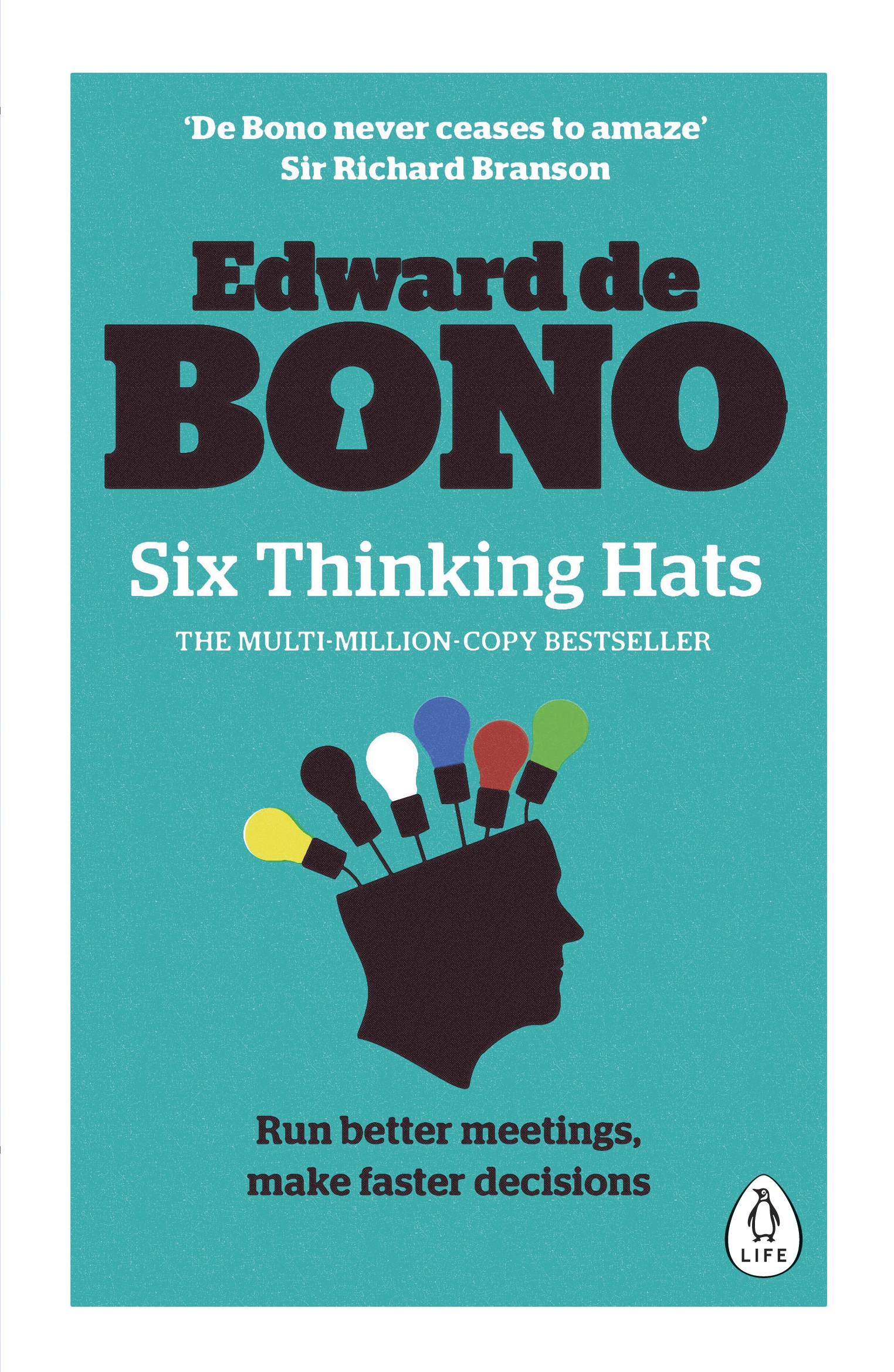Customer Success
by
- Business
- Ashto =
- Jonesy =
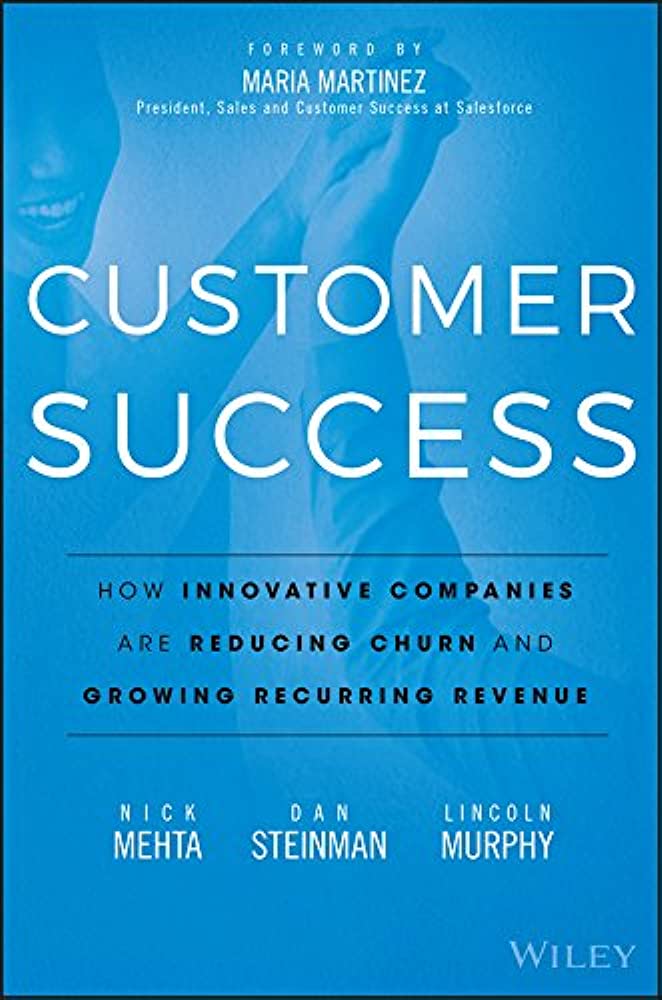
What You Will Learn from Customer Success
This week, Ashto and Jonesy learn the exciting new model of customer management through Customer Success, co-authored by Nick Mehta, Dan Steinman, and Lincoln Murphy. Enabling customers to understand the value of your products can result in creating a loyal customer base and safeguarding long-term recurring revenue. This book explains how business relationships have changed, and why B2B vendors must focus on delivering success for their clients to achieve success for their own businesses.
Customer Success outlines the key elements of building a successful customer success strategy, from the initial planning stages to execution. It offers expert guidance on structuring your organisation, segmenting your customers, and developing cross-functional playbooks. The authors’ extensive experience in the field shines through in this book, which is also packed with real-world examples of successful customer success strategies. A compulsory read for any CEO or business leader who wants to stay ahead in the evolving B2B industries, tune in to hear our take on Customer Success.
Churn
In 2005, Salesforce had an 8% monthly churn rate, meaning almost every customer left the business each year. This is a common issue for subscription companies – pouring new customers into the top of the funnel is not sustainable if customers are leaving at a high rate. To grow the overall value of a recurring revenue business, new customer acquisition, high retention rates, and positive upsell results are necessary. Dempsey’s presentation initiated a company-wide focus on reducing churn, which has since become a business imperative and birthed the customer success movement.
Attitudinal vs Behavioural Loyalty
Keeping loyal customers is crucial for any business, especially for recurring revenue models like Salesforce. Customer success equals loyalty. But there are two kinds of loyalty: behavioral/intellectual and attitudinal/emotional. The latter is preferable for brands since emotionally loyal customers are willing to pay more, are less vulnerable to competition, and are more likely to advocate for the brand. Out-acquiring a high churn rate is a losing battle, making customer retention a necessity.
Behavioural loyalty
Behavioral loyalty is when a customer is loyal to a business because they don’t have other options. For example, a housewife shops at Hank’s Grocery Store because it’s the only place within 30 miles that sells bread and milk. We all exhibit behavioral loyalty to various products. For instance, I always get petrol at the same place because it’s convenient and has a good price. However, this loyalty can be fragile. For instance, the petrol station I use shuts down their credit card machines for 10 minutes at 7 am, which is inconvenient for me. This creates the opposite of attitudinal loyalty. While convenience is currently winning the day for them, they are vulnerable to another petrol station popping up nearby that’s priced similarly and doesn’t shut down its credit card machines at all.
Attitudinal loyalty
Attitudinal loyalty is expensive to create and sustain, as it requires building products and experiences that customers love. Apple is a prime example of this, as they have created a certain quality to their products and experiences that touches an emotional chord with customers. This has led to attitudinal loyalty, which is priceless and carried Apple through a dark time when their products weren’t very good. Marc Benioff at Salesforce also understood the importance of creating attitudinal loyalty, and has invested massive amounts of time and money into customer success over the past 10 years.
While some Salesforce customers today may be behaviorally loyal due to the product becoming central to the way they do business, many are also attitudinally loyal. This is evident at Salesforce’s annual conference, Dreamforce.
Steve Jobs understood the importance of attitudinal loyalty and invested in it by creating Apple Stores with customer success managers who help customers get the most value out of their products. This personalisation and extension beyond the purchase changed the nature of the relationship between vendor and customer. Attitudinal loyalty is not cheap, but it is necessary for customer success. Many businesses have yet to figure out how to create it, but it is crucial for long-term success.
Customer Lifetime Value
If I sell you a $3m software solution and the extra money I get from you over time is $500k, the value as a customer diminishes significantly after the purchase. However, customers have value beyond just the payment, such as word of mouth, and we still care about them. Even if you include the future monetary value from additional purchases, it does not change the fundamental viability of my business, leading to the birth of shelfware.
The majority of software companies have shifted from the old purchasing model to a subscription-based model, known as the subscription economy. Customers pay for the use of software on a subscription basis with a limited time commitment, and there is no large, upfront fee.
Customer success is crucial for the success of recurring revenue businesses. Successful customers remain loyal and continue to make purchases. Customer success is the philosophy or organization designed to drive success for the customer.
To grow recurring revenue and reduce churn, some intervention or nurturing is necessary. Customer success is the vehicle for controlling churn, as seen in the success of Salesforce. Investment is required to make customers successful and retain them for long periods of time, making customers truly king.
The Laws of Customer Success
Law 1: Sell to the right customer
To achieve growth, companies must prioritise selling to the right customer and ensuring alignment with their product market fit. While closing new deals is exciting, it’s crucial to avoid the disastrous impact of acquiring the wrong customers. These customers can hinder success, efficiency, and scalability, diverting resources from essential efforts. Therefore, it’s critical to define and align the characteristics of the ideal customer for your company.
Law 6: Product is your only scalable differentiator
To retain customers and scale support and service organizations, a well-designed product combined with a best-in-class customer experience is essential. Consumer technology has raised customer expectations, and creating a product that meets their needs is crucial. To achieve this, build a client experience team that focuses on creating engagement programs to drive community among clients.
Product design is a key factor in customer satisfaction and retention. The harder the product is to use, the harder it will be for clients to succeed. Design a product that addresses business problems and is intuitive to use to make it easier for clients to derive value and for support teams to provide assistance.
To improve the customer experience, provide information-rich functionality and easy issue resolution. Incorporate customer feedback by establishing clearly defined feedback loops, such as product advisory councils. By focusing on the customer’s needs and designing an intuitive product, you can deliver a superior customer experience and drive long-term retention.
Prioritising your product for better success
Your company’s most scalable aspect is your product. While every part of your company can improve efficiency and scalability, each product has the potential to be used by millions of users. If you create a perfect product, you could significantly reduce the number of necessary employees. Prioritising your product is crucial for achieving the wild success you desire, and the best companies in every market build great products. While some may argue that services and support are equally important, without exception, the most successful companies prioritise their product above all else.
Law 4: Relentlessly monitor and manage customer health
Relentlessly monitor and manage customer health. Every idea in this phrase is equally valuable if you are to execute an aggressive customer success vision. Customer health: Motivation is almost derived from the why. Understanding is about:
- Predicting future behaviour
- Predicting the timing of future behaviour
- Enable better management of the team
The term ‘health’ in customer success is not coincidental and is comparable to human health. Customer health can be measured through various indicators to determine overall health against a pre-defined healthy baseline. It’s crucial to have healthy customers to measure success, and your customer success team’s daily activities should revolve around assessing customer health. Activities that don’t improve customer health scores should be discontinued. Monitoring customer health is critical, and having a system for it is necessary. Customer health is a key predictor of future behavior, so be relentless in pursuing and effectively using it for all customers.
Conclusion of Customer Success
There are three basic benefits of customer success:
- Reduce/ manage churn
- Drive increased contract value for existing customers
- Improve the customer experience and customer satisfaction

